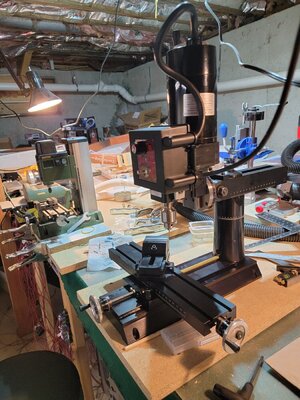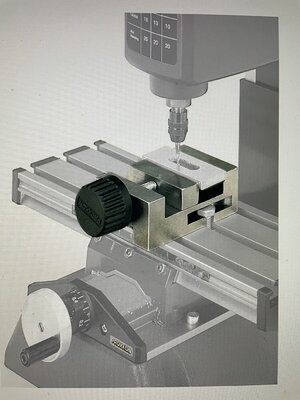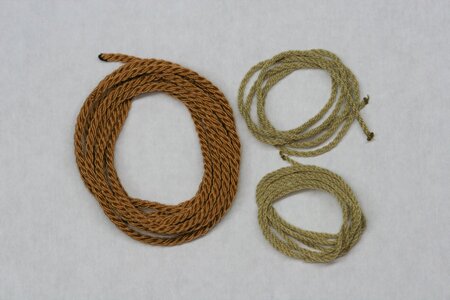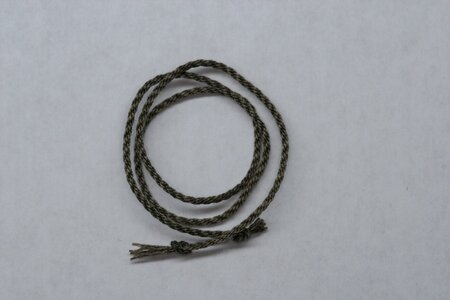Excellent as ever Paul. The galleries are coming along really nicely. From photos at the museum, I too added the small opening on the lower gallery, but made it a small window with a divided pane of clear plastic which shows the light through from the internal lighting. Its a small detail but looks good at night!!
I have seen so many Vasa models in logs where the modeller has opted not to 'scallop' the galleries. In my opinion, yours just validates why this should be done. I found it a long and tedious process, because on the Billing Boats kit there is no shape or guide to follow, but I think on the De Agostini model, you had a moulding which allows for precise scallop painting. In mine, I used a Rotring drafting pen filled with diluted yellow Vallejo paint - crude, but it worked out OK and allowed for reasonably fine linework.
Your close ups of the 'burnt' timber nails are awesome. I am experimenting with this now, but find that the filed needle point either burns the inner portion of the circle (when too hot), or is not hot enough to burn a complete circle. It's hard to get a consistent heat to the needle tip. Any tips you can offer on how you get such a uniformly burnt circle?
Love your work, Paul...
Regards,
PeterG
I have seen so many Vasa models in logs where the modeller has opted not to 'scallop' the galleries. In my opinion, yours just validates why this should be done. I found it a long and tedious process, because on the Billing Boats kit there is no shape or guide to follow, but I think on the De Agostini model, you had a moulding which allows for precise scallop painting. In mine, I used a Rotring drafting pen filled with diluted yellow Vallejo paint - crude, but it worked out OK and allowed for reasonably fine linework.
Your close ups of the 'burnt' timber nails are awesome. I am experimenting with this now, but find that the filed needle point either burns the inner portion of the circle (when too hot), or is not hot enough to burn a complete circle. It's hard to get a consistent heat to the needle tip. Any tips you can offer on how you get such a uniformly burnt circle?
Love your work, Paul...
Regards,
PeterG













